Martin maintains an archive of fly-fishing images together with a bunch of fishing friends. Nowadays it contains almost 12,000 images, and of those about 1,253 or more than 10% are tagged "gear". They take a lot of gear pictures.
I maintain an archive of flyfishing images together with a bunch of my fishing friends. Nowadays it contains almost 12,000 images, and of those about 1,253 or more than 10% are tagged "gear". We take a lot of pictures, which are of our fly fishing gear or at least shows gear in a predominant position.
So judging from that, we do like to take pictures of our fly fishing equipment. And what constitutes a good gear picture then? Well, that depends on what your aim is.
Below I'll run through a bunch of different ways of shooting gear, and as I see it there are mainly three categories:
Illustrations aim to show how our gadgets look, present them in a nice way, give a good impression of them. This is a type of picture, which is found in ads and in catalogs. They aim to show all or part of a piece of equipment for the sake of illustration.
Usage pictures are like illustrations, but show how to use a piece of gear. This is typically used in articles, manuals or other places, where the aim is to teach people how to do a certain thing.
Aesthetic pictures show the gear in a way, which may not tell you much about the full look of it, but give an impression of a detail, a shape, a place it's been used or simply just be an abstract but beautiful way to show it.
These categories are represented in the list below, in which I have taken our 1,200-or-so images and split them into some groups, which were typical and contained many pictures.
Rod pictures
It's not easy to take good rod pictures. If you want to show what a rod looks like, you can't shoot the whole rod. This will simply show a long, thin line, and be of little use. The handle might be visible, but the rest is simply too small and thin. You can break down multi-part rods and shoot the bunch of sections close together. This helps show detail, but the best way to illustrate single rods is to go close and shoot several details of each rod: reel seat, handle, eyes, tip top etc. This is what we focus on anyway when we look at rods, and having closeups of details, is a great way of conveying the stuff that any angler would look at on a rod.
If you are just illustrating the concept of a rod, your can play with the thine line, and alternatively you can take pictures of many rods. A lot of the same thing almost always works well, and many thin lines seem more impressing than one.
Rod holders
Going along the same line, a good place to shoot rods is in rod holders - on the car, in a shop, on the wall or elsewhere.
We very often shoot rods bunched in rod holders on cars, and that gives a nice ambient impression of the gear concept, not least because it's often done by the water or at least outdoors wither something else than a bland, uniform background.
Gear on car roof
Cars and gear seem to belong together like inseparable twins. We rest our rods against cars, leave our gear on the hood and lay our gear on roofs.
We have a ton of images showing rods on car roofs, and as banal as it may sound, this often offers some really nice subjects, great compositions and excellent perspective.
Utilizing the reflections in car windows or the shiny surface of the bonnet or roof can also lead to some effective images.
Closeups
As is the case with rods, it's often a good idea to go close. Get your camera into macro mode, and zoom in really close to details like eyes, handles, screws or other itty-bitty parts.
This can serve both as illustrations but also give some almost abstract pictures, where it can be hard to see what exactly is in the picture. Reels with colorful lines and backing will help enhance the abstract impression.
Catalog pics
I refer to this group as catalog pictures because many of them actually were shot with catalog use in mind. Catalog pictures are typical in many ways. They must show the gear in a beautiful and pleasing way, set the scene so that the viewer get an impression of fishing, the great outdoors and the whole scene. Tell a story so to say.
Catalog pictures must also show exactly what brand and even model we are talking, so keeping names and model numbers in focus is important.
You don't need to deliver images to gear catalogs to shoot catalog images. They are very pleasing to the eye and work well in most respects as illustrations to a story or as documentation of a certain piece of equipment.
Reel by (and even in) water
Fly reels seem to have a magic attraction on photographers, and be one of the many items we use, which really depict our sport and stir feelings in fly anglers. I can see from our archive that if gear is present or the main subject in 10% of all our images, then reels represent about 20-30% of all those gear shots. Reels are an immensely popular subject.
But we also seem to have refined the reel shot, and of the latest crop of shots of fly reels, one particular group are predominant: reels near, in and even under water!
The concept is to have the reel and camera as close to the surface as possible, oftentimes in the surface, half submerged, and sometimes all the way under. This is of course only feasible with waterproof cameras, but the close-to-the-surface shot can be executed with a normal camera and some care.
The effect is fantastic, and if you put a fish in there, almost blissful.
Gear and fish
Gear and fish is another group, which is very common, both in our archive and in magazines, on web sites and in catalogs for that matter.
This category of pictures shows exactly what you'd guess: gear and fish, but the ones in our collection, which work best are the ones that use the fish as a hint of success. They do not necessarily show the whole fish in a pursue of a trophy picture where you can measure the fish against the size of a reel or the length of a rod.
A tail, a fin, a scaly back is usually enough to set the scene and indicate the fact that a fish has been caught.
- Log in to post comments

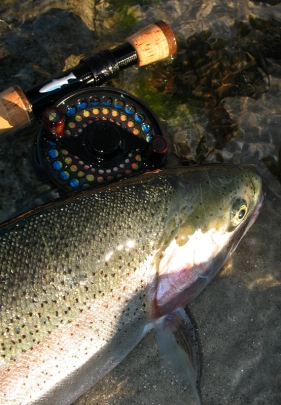
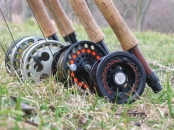
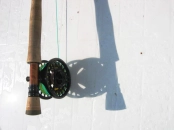
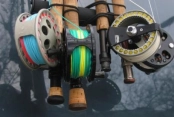
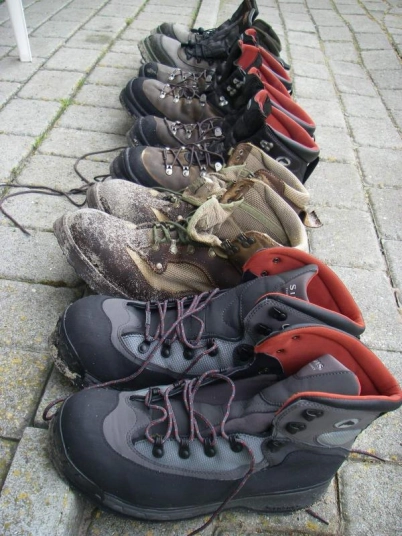
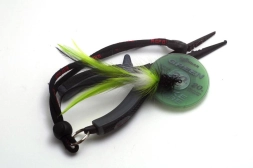
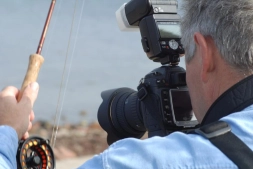
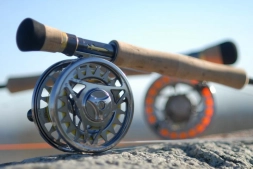

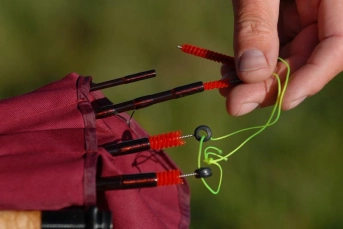
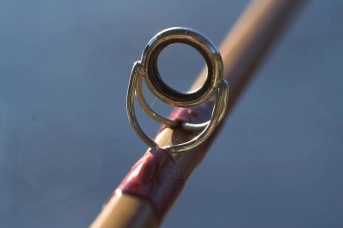
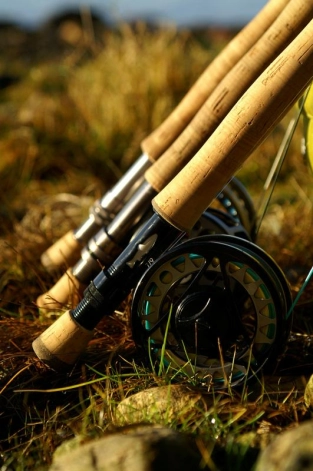
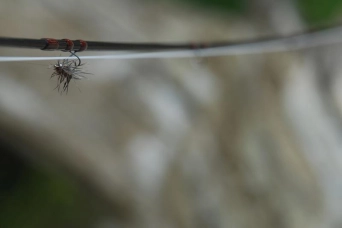

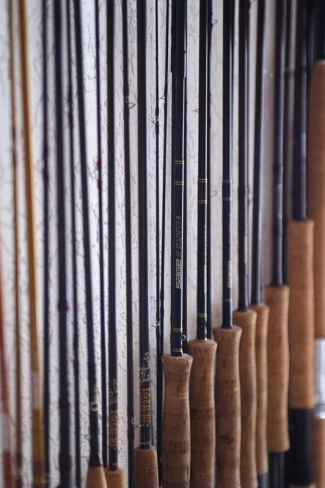


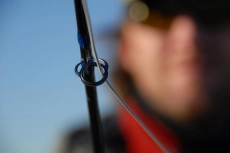
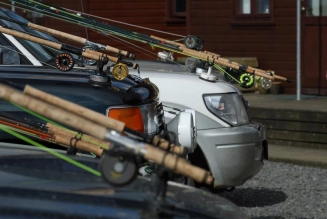

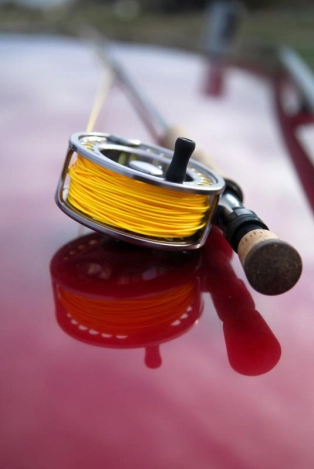
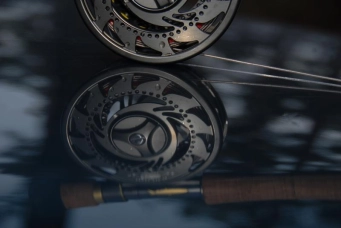

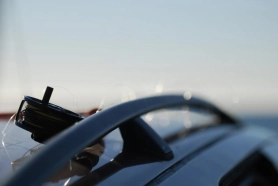
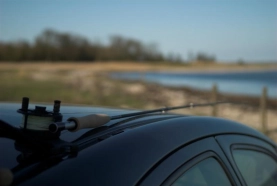
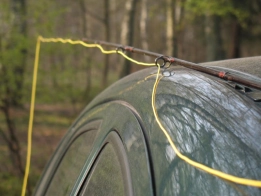


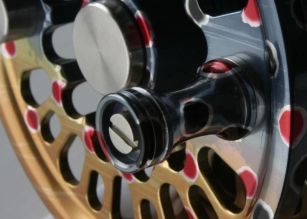
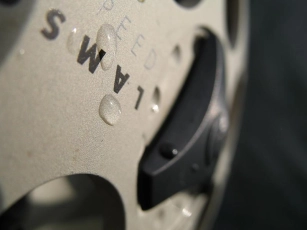

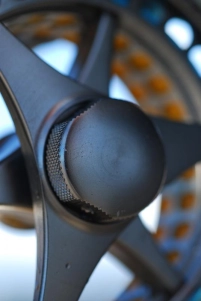
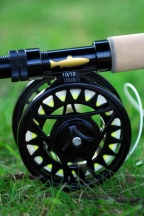


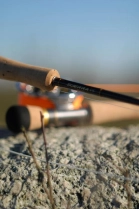
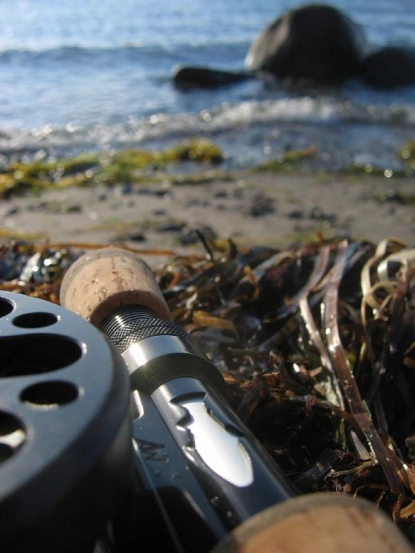

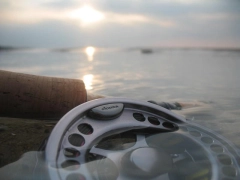
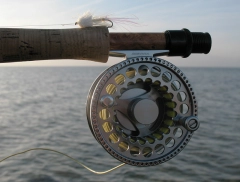
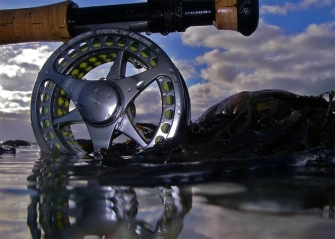
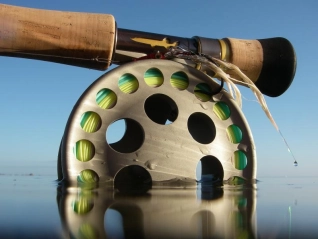
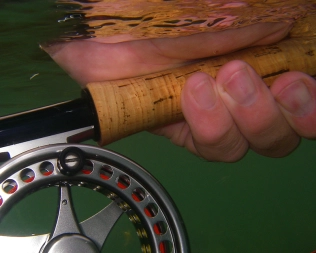

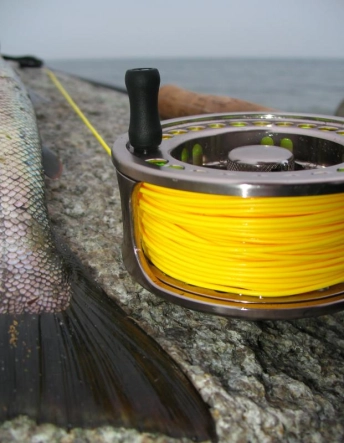
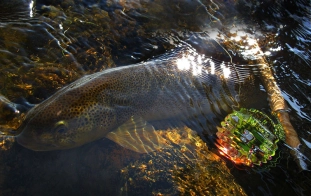
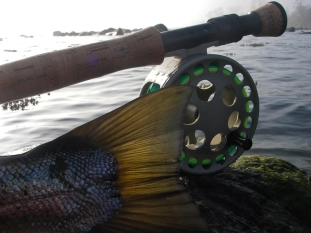

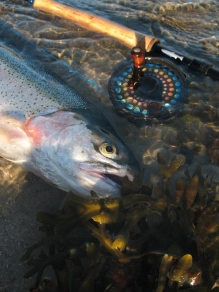

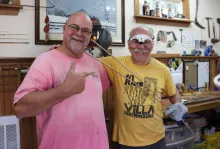


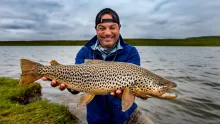
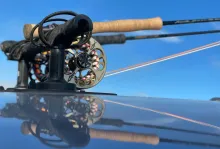

Ayesha,
Name only
Ayesha,
Name only (the hook)?!! What hook? And naming all the gear and nets... what nets? No nets appear in this article. And naming all the gear makes no sense, and is far beyond the scope and subject of the article.
Martin
why do you name only
why do you name only hook? you should given name of nets and others gear.